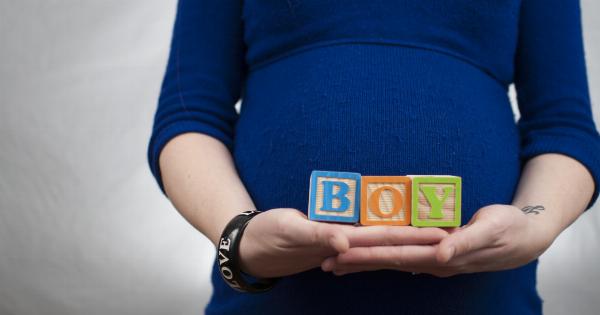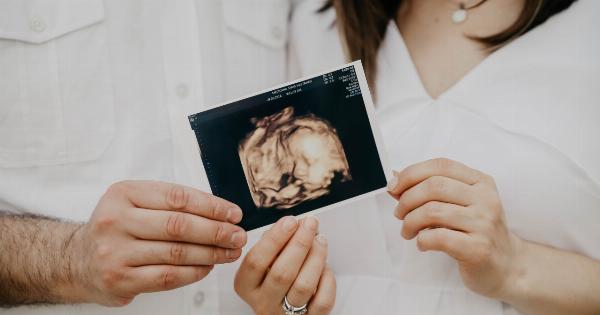For expectant parents, one of the most exciting and eagerly awaited moments is finding out the gender of their baby.
While medical technology has made it possible to determine the sex of the baby with great accuracy, there are still many traditional beliefs and old wives’ tales surrounding the correlation between belly shape and baby gender. In this article, we will explore these popular beliefs and see if there is any truth to them.
The “High” or “Low” Belly Theory
One of the most common belly shape theories is that a high belly indicates a baby girl, while a low belly suggests a baby boy.
According to supporters of this theory, a baby girl’s weight is predominantly carried in the front, resulting in a higher belly, while a baby boy tends to position himself lower, leading to a lower belly. However, scientific research and medical experts unanimously state that there is no connection between the shape of a pregnant woman’s belly and the gender of the baby.
Round vs. Pointed Belly
Another popular belief suggests that a round belly indicates a baby girl, while a pointed belly suggests a baby boy.
This theory is based on the presumption that a baby girl’s weight is distributed all around the belly, giving it a round appearance, whereas a baby boy’s weight is concentrated in the lower abdomen, resulting in a more pointed belly. Similar to the previous theory, there is no scientific evidence to support this claim, and it is simply a myth with no factual basis.
Carrying High or Low
Some people argue that the position of the baby in the womb can be an indicator of its gender. According to this belief, if the baby is carried high, it is likely a girl, and if it is carried low, it is likely a boy.
However, medical professionals explain that the position of the baby is influenced by various factors such as the mother’s body type, the baby’s size, and the tone of the abdominal muscles. It has no bearing on the baby’s gender.
Shape and Size of the Belly Button
One theory suggests that the shape and size of the belly button can reveal the gender of the baby. It is believed that if the belly button protrudes, it indicates a baby boy, while if it remains flat or retracts, it suggests a baby girl.
Nevertheless, this claim has no scientific backing and is purely based on folklore and anecdotal evidence.
Skin Condition and Acne
Many people believe that experiencing acne breakouts during pregnancy signifies the mother is carrying a girl. The hormonal changes that occur during pregnancy can indeed affect the skin and lead to acne breakouts.
However, gender cannot be determined by the skin condition, as it is primarily caused by hormonal fluctuations rather than the baby’s sex.
Body Weight and Shape
One popular belief suggests that women who gain weight primarily in their hips and bottom are more likely to have a girl, while those who gain weight around their belly are more likely to have a boy.
However, scientific studies have found no correlation between body weight distribution and baby gender. Weight gain during pregnancy is influenced by factors such as genetics, diet, and overall health, not the baby’s sex.
Heart Rate Myth
The myth surrounding the correlation between the baby’s heart rate and gender is widespread. According to this myth, a heart rate above 140 beats per minute indicates a girl, while a lower heart rate suggests a boy.
However, the truth is that the baby’s heart rate can vary throughout pregnancy and is influenced by factors such as maternal activity, gestational age, and overall maternal health. It is not a reliable indicator of the baby’s gender.
Belly Shape and Baby Gender: The Verdict
Despite the numerous belly shape theories and old wives’ tales, there is no scientific evidence to support any connection between the shape of a pregnant woman’s belly and the gender of the baby.
Determining the baby’s sex accurately requires either genetic testing or ultrasound imaging performed by a trained medical professional. It’s essential to rely on modern medical methods rather than myths and folklore to find out the gender of your baby.
Conclusion
While it can be entertaining and fun to speculate about the gender of the baby based on belly shape, it’s important to remember that these beliefs lack any scientific foundation.
Pregnancy is an incredible journey, and the joy of discovering the gender of your baby is best left to accurate medical methods rather than old wives’ tales. So, sit back, enjoy your pregnancy, and look forward to the moment you finally get to meet your little one, regardless of their gender.




























